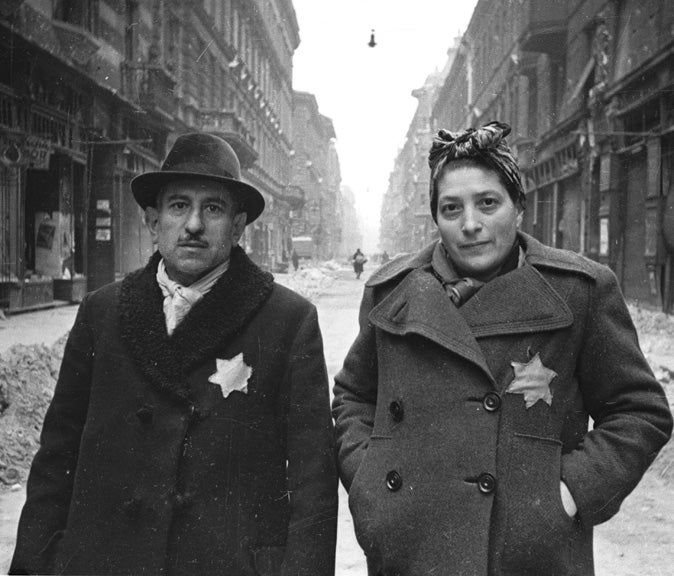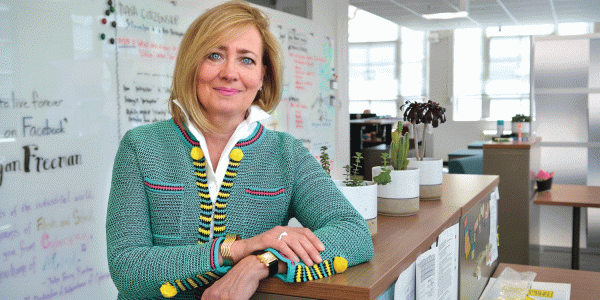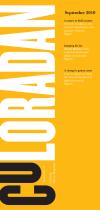
CU professor David Shneer studies the relationship between individual and collective memory through the lens of Jewish photojournalists who covered Nazi atrocities in the Soviet Union during World War II. Courtesy Evgenii Khaldeai and the Fotosoyuz Agency
When photojournalists in the Soviet Union began chronicling Nazi crimes against Jews during World War II, they left a major piece of the story out — the Jews.
While the Soviet Army often urged the press to publish stories and photos of the murder of Soviet citizens, photo captions did not specify the victims were Jewish, says David Shneer, associate professor of history and director of the Jewish studies program. Instead Soviets framed the Nazi atrocities as being against the entire nation.
“Do you think a bunch of Russian peasants wanted to go fight a war because of the Jews?” Schneer asks, noting that he began his research related to the issue of overlapping Jewish and Soviet narratives in 2002 when he visited a photo gallery in Moscow.
At the gallery, he discovered Jews dominated photojournalism during the war, which peaked his interest in the ways in which the photographers observed anti-Semitic atrocities but did not write about them. The Soviet Union deliberately chose not to acknowledge the killing of Jews immediately after the war as well. Shneer’s interest lies in uncovering what happened during the war and how the journalists’ position in the state led to their position of “forgetting” the Holocaust.
“Returning iconic photographs to their original news context shows how photographs function in the creation of narratives and memories,” Shneer says. “Soviet Jews (the primary photographers) among them saw the war as many tragedies in one — personal, family, communal and national.”






